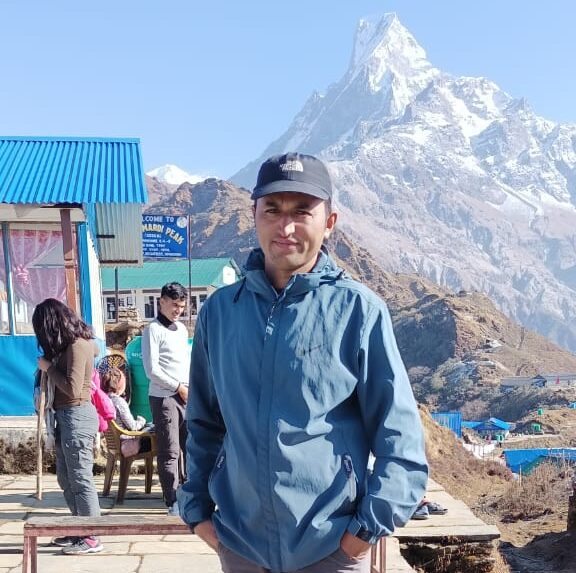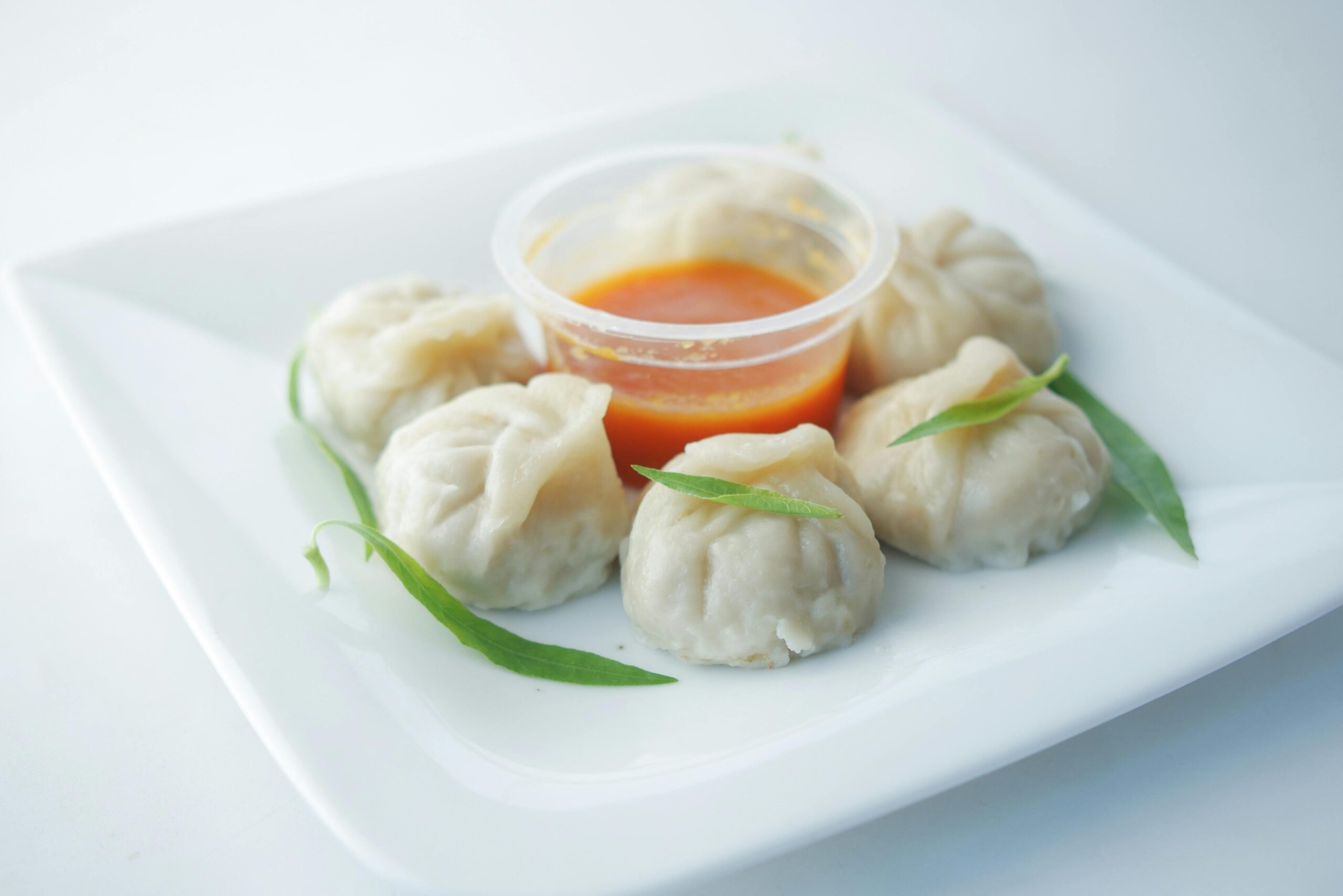
Our chefs, cooks, and helpers take you to the shops to buy ingredients and teach you how to cook specialties like momo and dal bhat. The course lasts about three hours, and you can join any of the classes each day, each accommodating a maximum of six participants, ensuring a very personal experience.
This course is priced on a “pay what you think it’s worth” basis, which we believe has a karmic nature. We start with a briefing and then proceed to the course. It is very hands-on, and you are required to participate in the process. It takes a long time, but we shall assist you in learning to prepare various Nepali dishes such as momo, dal bhat, thakali set, sel roti, and chapati.
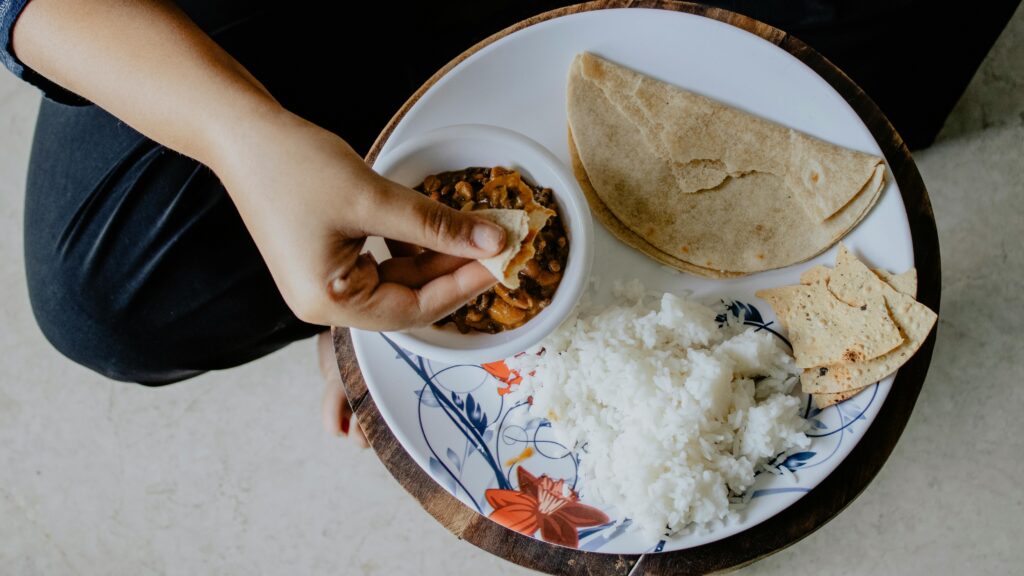
Nepali cuisine is a rich tapestry of flavors, ingredients, and traditions, reflecting the country’s diverse geography, culture, and history. From the comfort of simple dal bhat to the complexity of a royal thali, each dish tells a story of Nepal’s culinary heritage. Let’s explore some of these traditional foods and their raw materials, spanning the spectrum from soup to momo.
Starting with a simple yet profoundly comforting soup, the “Kwati,” a mixed bean soup, is made from nine different types of sprouted beans. This nutritious blend includes black-eyed peas, chickpeas, adzuki beans, mung beans, green peas, kidney beans, soybeans, black beans, and wheat grains. It’s a monsoon season favorite, especially during the festival of Janai Purnima, symbolizing the diversity of Nepali agriculture.
Moving to the heart of Nepali cuisine, “Dal Bhat” is a staple meal, comprising lentil soup (dal), boiled rice (bhat), and a variety of side dishes including seasonal vegetables (tarkari), pickle (achar), and sometimes meat curry. The lentils used in dal can vary, including masoor (red lentils), mung (green lentils), and toor (pigeon peas), showcasing the agricultural variety of the region.
The “Thakali Set” is a refined version of dal bhat, hailing from the Thakali people of the Mustang district. It includes the same basic components but is known for its distinctive flavors and meticulous presentation. The use of buckwheat, barley, and locally grown vegetables, along with yak meat in some instances, adds to its uniqueness.
The “Royal Thali” is an elaborate meal that was once served in the palaces of Nepal’s kings. It includes an assortment of curries, vegetables, pickles, salads, meats, and lentils, often garnished with edible silver leaf. Ingredients are meticulously chosen to represent the best of what is available seasonally, emphasizing the richness of Nepali soil and agriculture.
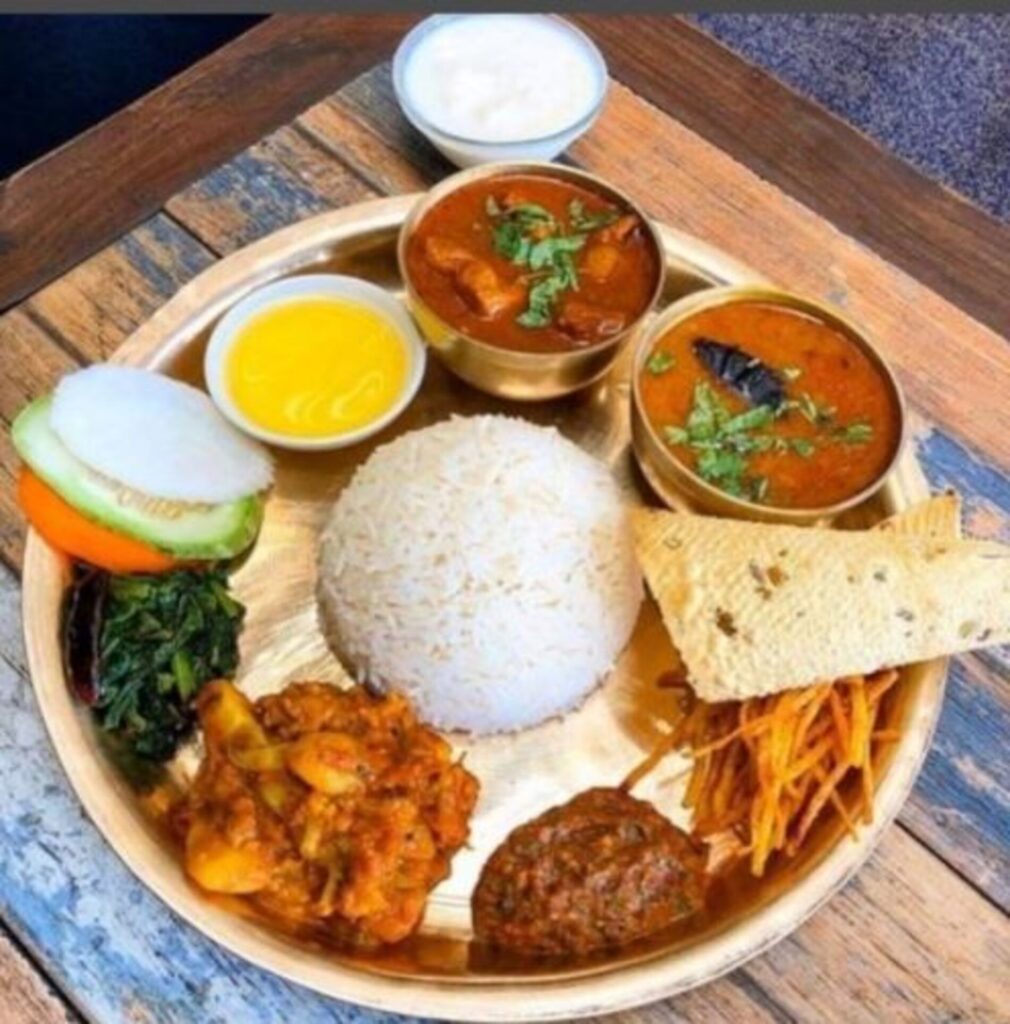
For a taste of Nepali festivities and culture, the “Culture Thali” incorporates elements from various ethnic groups, including Newari, Tharu, and Maithil communities. Ingredients vary widely, from fermented bamboo shoots and dried fish to water buffalo meat, showcasing the diversity of Nepal’s culinary practices.
Lastly, the beloved “Momo” is a testament to Nepal’s cultural exchanges, a dumpling that has found a unique identity in Nepali cuisine. Filled with minced meat (commonly chicken, buffalo, or pork), mixed with finely chopped onions, garlic, ginger, and spices, these dumplings are steamed, fried, or served in a soup (jhol momo). The popularity of momos speaks to the adaptability and creativity of Nepali cooks, making it a cherished dish across the country.
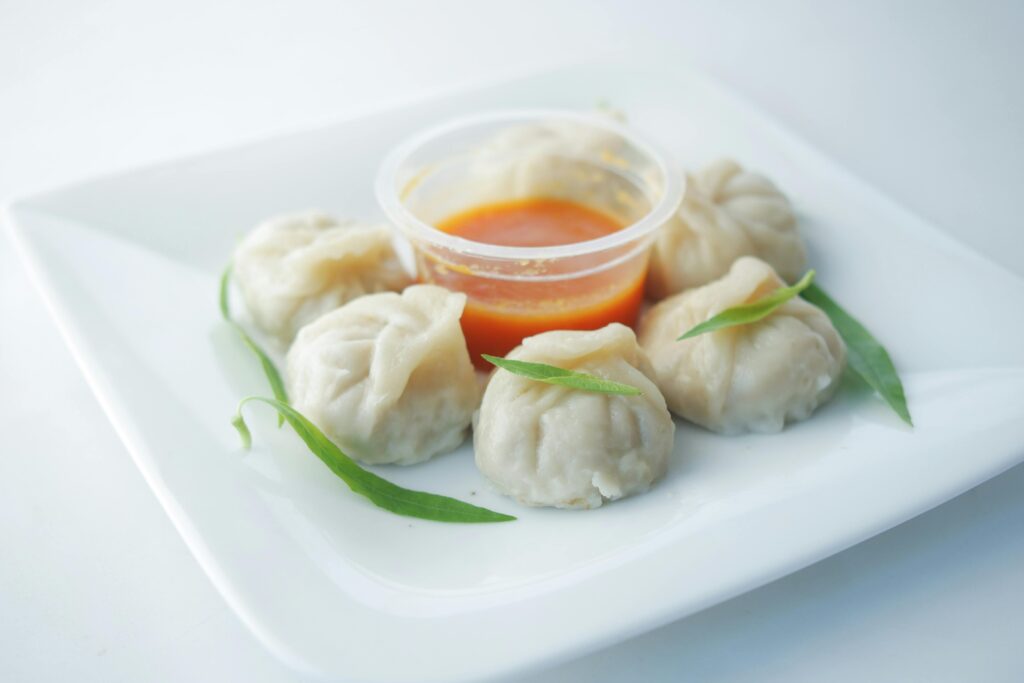
From the simplicity of dal bhat to the complexity of a royal thali, each of these dishes is a celebration of Nepal’s rich culinary traditions, agricultural bounty, and cultural diversity.
Posted on